The comet that created the Perseids might bring an end to humanity
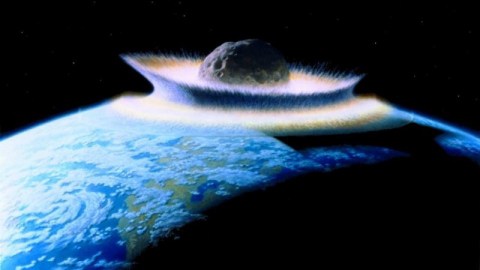
No other object this large has come so close to Earth in millions of years. In the 5th millennium, we might suffer the consequences.
“Honestly, if you’re given the choice between Armageddon or tea, you don’t say ‘what kind of tea?” –Neil Gaiman
Every object in our Solar System that takes the plunge from out beyond Neptune to our inner reaches, where the rocky planets lie, will become a comet. As it nears the Sun, its ices melt, creating the tails we associate with them, and also creating a debris path that can create meteor showers if they cross Earth’s orbit. For thousands of years, the most consistent, spectacular meteor shower has been the Perseids, created by Comet 109P/Swift-Tuttle.
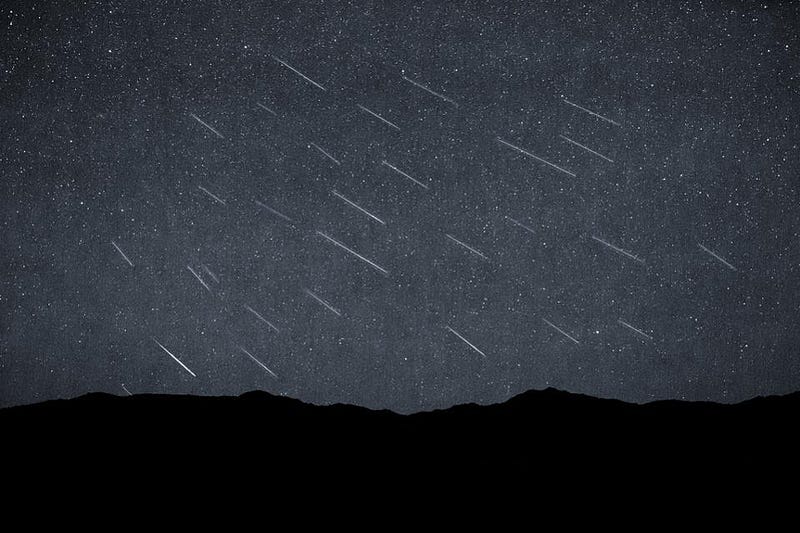
At its incredibly large size (26 kilometers across) and speed, it contains nearly 30 times the energy of the asteroid strike that wiped out the dinosaurs. Over the next few thousand years, it will come perilously close to Earth. If Jupiter — which it also passes by — gives it just the slightest gravitational kick, it could be flung into the Sun, ejected from the Solar System, or hurtled directly into our world. If this were to happen, and it’s a real possibility some 2400 years from now, it would mark the largest mass extinction our world has seen in hundreds of millions of years.

Every August, the Perseid meteor shower delights skywatchers everywhere. While some years it’s a disappointment, either being washed out by a bright Moon or delivering a relatively sparse stream of particles for Earth to collide with, other years the show is spectacular. This year, the waning gibbous Moon will wash out about half the meteors, making the best time to view it just after sunset, before the Moon rises. Although many of us will enjoy the 60–100 meteors per hour it’s anticipated to bring, it’s a reminder of an uncomfortable reality: that one day Jupiter may gravitationally influence the comet that gives rise to this meteor shower, and cause it to collide with Earth.
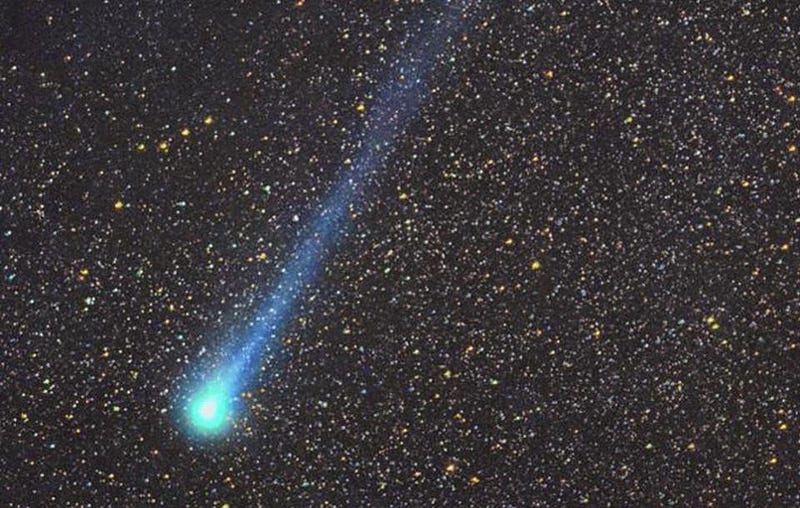
First, the good news: the motions of planets and comets are very well calculable, and this particular comet — 109P/Swift-Tuttle — has its orbital properties very well known and understood. Every 133 years, it makes a complete orbit around the Sun, coming about 8 million km (5 million miles) interior to Earth’s orbit, yet reaching farther away from the Sun than even Pluto does at its most distant. It last entered the inner Solar System in December of 1992, and won’t do so again until 2126. We’ll get a close pass (within 1,000,000 miles) in 3044, but it ought to miss us. In fact, its next 2,000+ years of orbits are mapped out incredibly well, and the Earth is 100% safe until at least 4479, when it will come quite close to Earth once again. Even then, there’s still a 99.9999% chance it will miss us.
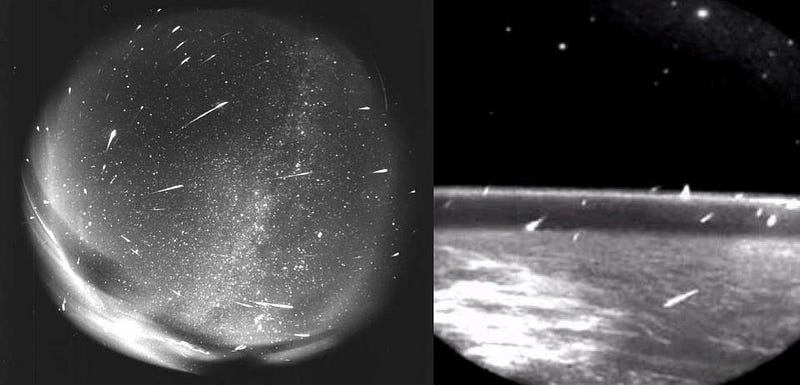
But with every pass into the inner Solar System, there’s a chance that one of the gas giant planets will influence this comet’s orbit. There’s a chance that, just like the Perseid stream was thrust into Earth’s orbital path this year, someday in the future, this comet will achieve a collision course with Earth. Each orbit contains, on average, a 0.000002% probability of the comet hitting Earth. This might seem small, but it’s six times greater than your odds of winning the Powerball. Only in this case, it would be the ultimate cosmic loss. Comet Swift-Tuttle is 26 kilometers in diameter, making it at least 260% the width of the asteroid that wiped out the dinosaurs, and it moves at four times the speed that the dinosaur-killer moved at whenever it crosses Earth’s orbit. Put all that together, and a direct impact would cause approximately 28 times as much energy to be released as the most massive extinction event of Earth’s past 100 million years.
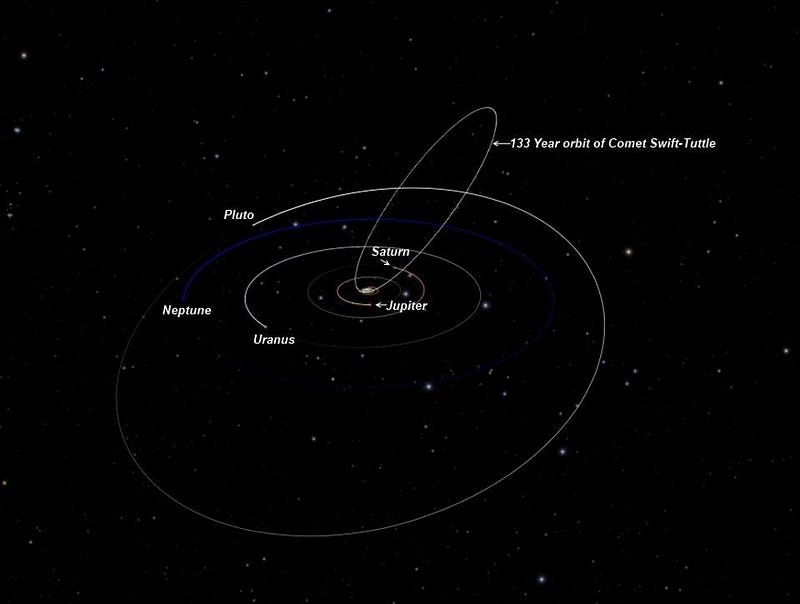
The way scientists classify the likelihood of a collision between an asteroid-or-comet and a planet is by measuring its MOID, or the Minimum Orbit Intersection Distance. If these were the only two objects orbiting the Sun and there were no mutual gravitational interactions between anything else, how close, given enough orbits, would this comet close to us? The answer is a frighteningly low 0.000892 A.U., where anything less than 0.05 A.U. is deemed as “potentially hazardous.” That corresponds to a minimum distance of just 133,000 km, which is only about a third of the Earth-Moon distance. In fact, if we query the NASA Solar System Dynamics database and ask it what all the objects are that are larger than just 50 meters and will pass within 0.001 A.U. of Earth, we find that there are only four.

And the other three are slow-moving asteroids no larger than 400 meters across, while Comet Swift-Tuttle is 26,000 meters across! Any of the others would be enough to cause tremendous regional devastation, destroying a city if it collided with one, causing a tsunami ten times as destructive as the one that famously hit Japan in 2011 and resulting in a crater the likes of which Earth sees perhaps just once every 100,000 years. Such a strike would be 10–100 times more destructive than the meteor strike that created the famed Meteor Crater in the southwestern United States.

Yet if Swift-Tuttle were to strike Earth, it would release more than one billion MegaTons of energy: the energy equivalent of 20,000,000 hydrogen bombs exploding all at once. Without a doubt, the comet that gives rise to the Perseids is far and away the single most dangerous object known to humanity, as Gerrit Verschuur wrote in an incredibly comprehensive book on cometary and asteroid strikes. We have a few thousand years of surefire safety ahead of us, but subsequent to that, the gravitational interactions with the worlds in our Solar System are unpredictable. Although the odds cannot be calculated very well, the wrong gravitational push by Jupiter could lead to the most significant collision in Earth’s history since the creation of our Moon more than four billion years ago.
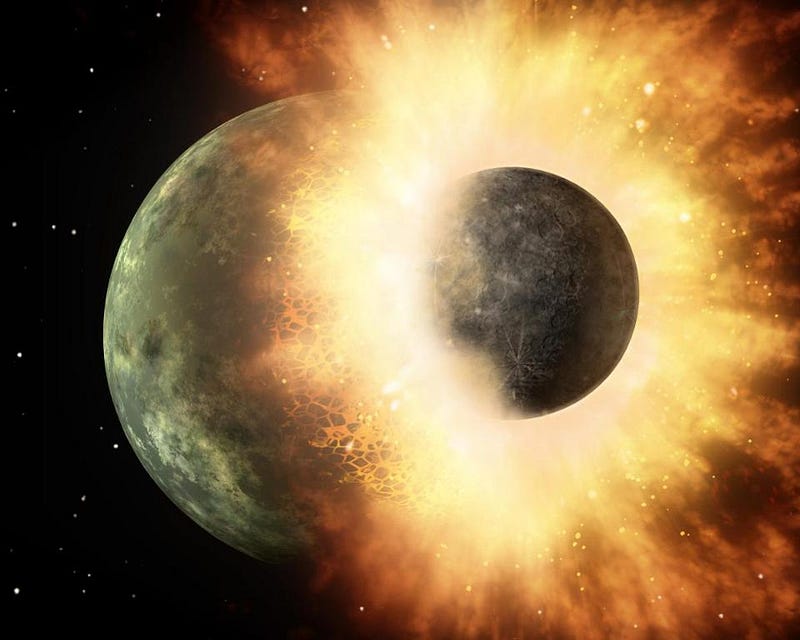
So enjoy looking up at the Perseid meteor shower this (and every August), and when you do, think about how fortunate we are that this comet has missed us in every orbit up until now. Someday, unless we remain very, very lucky, this meteor shower may become a portent of doom, as any large creatures, particularly the land animals, will be at an extreme risk of extinction. One tiny, almost imperceptible gravitational tug could be the end of the era of the mammals. After tens of millions of years of relative peace within our galaxy, one errant comet could do us all in.
Ethan Siegel is the author of Beyond the Galaxy and Treknology. You can pre-order his third book, currently in development: the Encyclopaedia Cosmologica.





